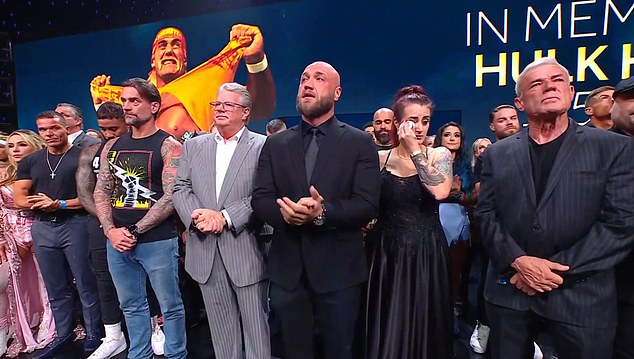Vogue magazine is the cream of the crop in the fashion world, and many dream of working at elite publication – but could you have hacked working at Vogue during its prime?
Luckily for the fashion forward amongst us there’s a way to see how you’d fare working the fashion bible.
The New York Times recently released an interactive quiz to determine where your strengths – and weaknesses – lie.
As per the Times, to work for famed Vogue editor Anna Wintour in Vogue’s glory days, you had to know a little bit of everything.
The quiz, which was created by Wintour’s top editors and Michael Grynbaum’s book Empire of the Elite, is based on a real exam that was given to those applying for an assistant position at the publication in the ’90s.
It would test the applicants elite cultural literacy and quiz them on a ‘declaration of what mattered to Vogue.’
The original ’90s exam consisted of a whopping four pages full of 178 notable people, places, books and films – all of which had to be identified on the spot by the applicant.
However, The Times’ quiz – which you can take here – made it a tad easier than the original, with a multiple-choice format instead.
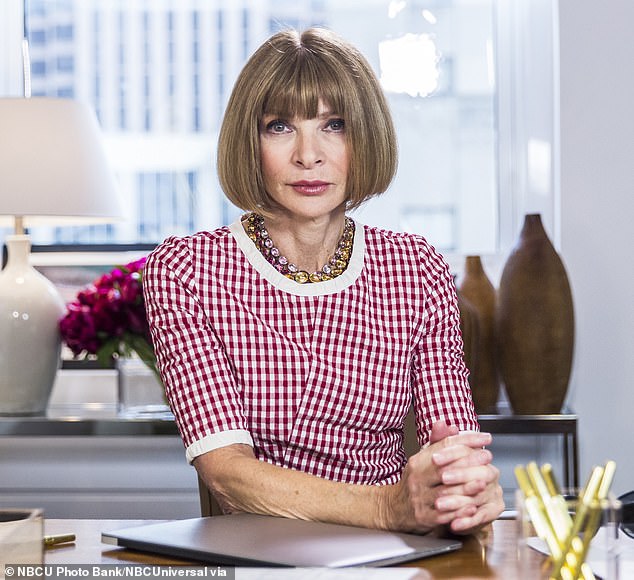
Vogue is the cream of the crop in the fashion world, and many dream of working at elite publication – but could you have hacked working at Vogue in its prime? Anna Wintour is seen
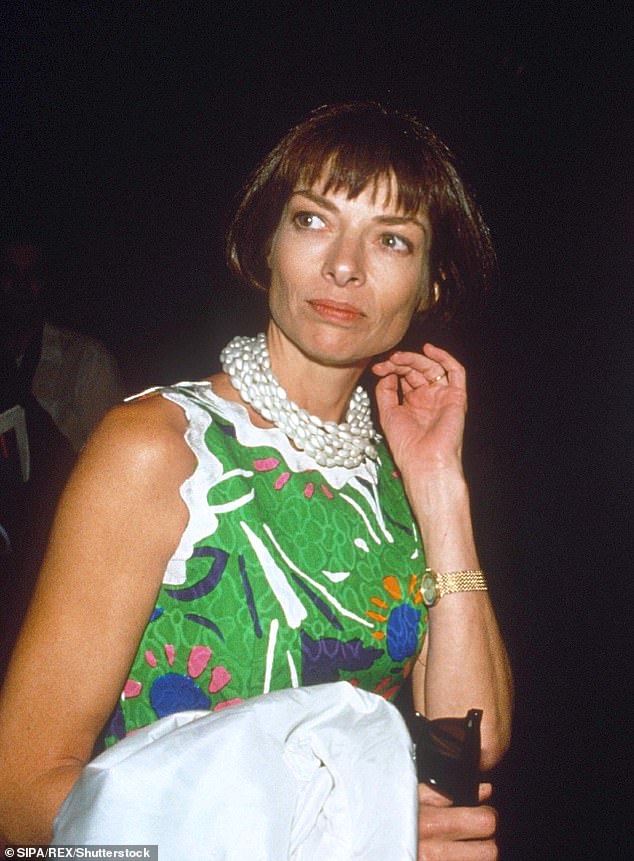
Luckily for the fashion forward amongst us the New York Times recently released an interactive quiz to determine how you’d fare working the fashion bible. Wintour is seen in 1990
The interactive quiz uses names and cultural references on the original exam – although the publication noted that applicants in the ’90s didn’t have the luxury of multiple-choice.
It consists of eight different sections, with each section focusing on a different area of knowledge – and the results have been mixed.
Questions in the quiz are mainly New York focused, for example, you’re asked to name a ‘Seventh Avenue Fashion House’ (DKNY) or a ‘See-and-to-be seen disco popular with the fashion crowd’ (Studio 54).
Eager quiz-takers flocked to the comments section to share their results – with many claiming despite the quiz deeming them a great fit, they still wouldn’t have stood a chance in the illustrious Vogue offices of the ’90s.
’32/32 but as a somewhat short person of color who won’t wear heels and will never fit into a size four dress, it could have been 1000/1000 and I still would not have gotten the job,’ one user commented.
’32/32 so passed the test but I would not have fit in during the ’90s – overweight, pimply, leftist, who wore plaid and jeans,’ wrote someone else.
‘In the early 2000s I was the subject of an article in Vogue for my profession. They used my words and not my picture. I think if Wintour saw what I looked like she would have cancelled the article.
’32/32. I had a career In fashion. At my first interview at 23, my soon to be boss asked, “Can you lie and be deceitful?” to which I promptly answered “yes” and got the job,’ recalled someone else, jokingly adding: ‘Ah the ’80s.’
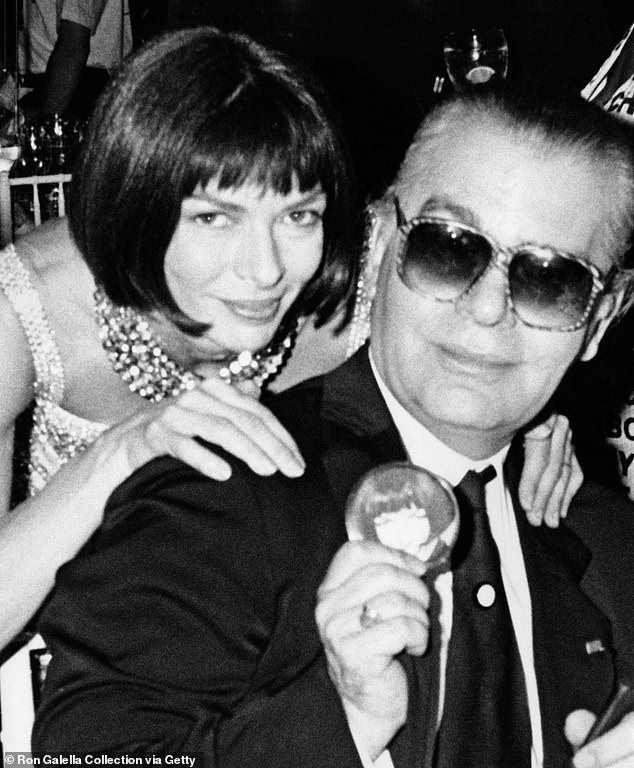
The quiz is based on a real exam that was given to those applying for an assistant position at the publication in the ’90s. Wintour and fashion designer Karl Lagerfeld are pictured in 1990
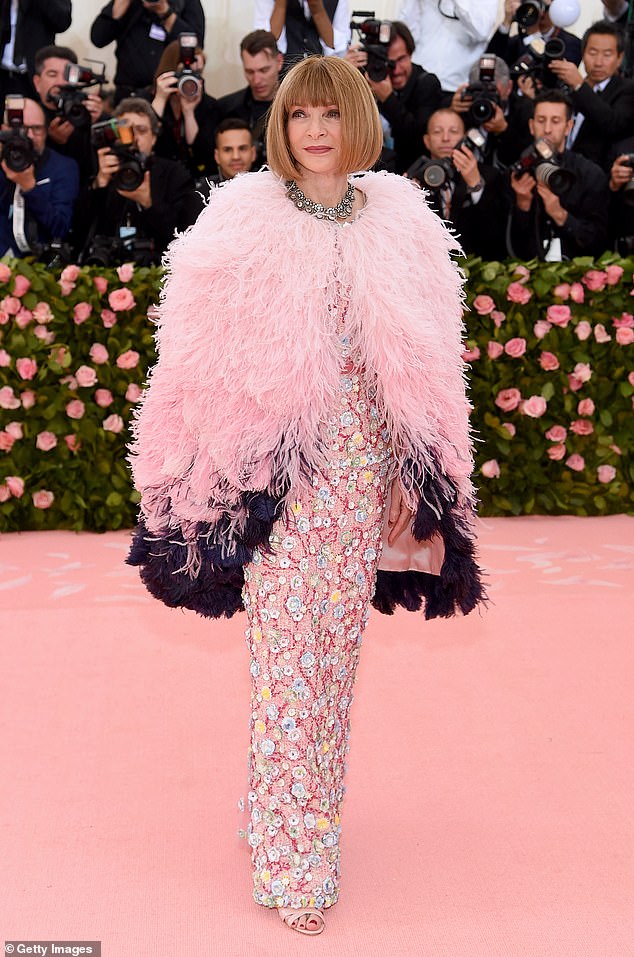
The original ’90s exam consisted of four pages full of 178 notable people, places, books and films – all of which had to be identified on the spot by the applicant. Wintour is seen in 2019
Others found the quiz difficult, admitting they ‘could not have done it without multiple choice.’
The results either informed the quiz taker they didn’t pass if they didn’t do well, their resume would be kept on file if they scored somewhere in the middle, or, for those who score high enough, they passed.
Then ’90s era of Vogue has long been a fascination by fashion lovers and culture critics alike, with former British editor-in-chief Edward Enninful declaring that the ’90s turned the fashion industry ‘upside down.’
In 2024, Hulu released a six-part series titled In Vogue: The 90s, which delved into the decade’s most defining moments.
In 2023, a former assistant of famous editor Wintour, Lily Stav Gildor, 31, shared what it was really like to work for her.
Gildor worked as one of three assistants to the Editor-in-Chief of US Vogue from January 2014 to May 2015 and has gone viral on TikTok sharing her experiences at the magazine – and what she learned.
Gildor revealed London-born Wintour taught her ‘connections are the most important thing.’
‘I learned, so so much from her. I learned about business I learned about fashion I learned about media. And in the last year I started my own business as a textile designer and it’s still use the information today,’ she gushed.
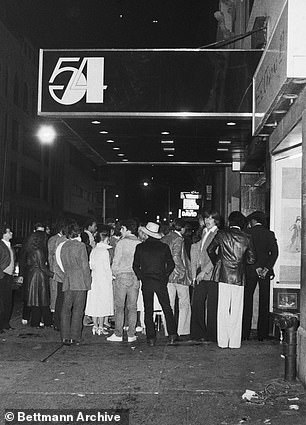
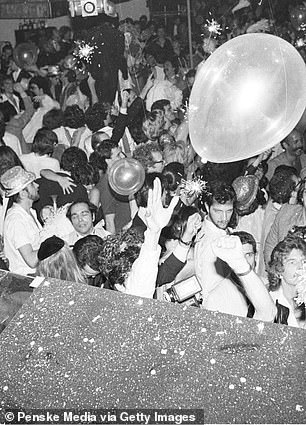
Questions in the quiz are mainly New York focused, for example, you have to name a ‘See-and-to-be seen disco popular with the fashion crowd’ (Studio 54)
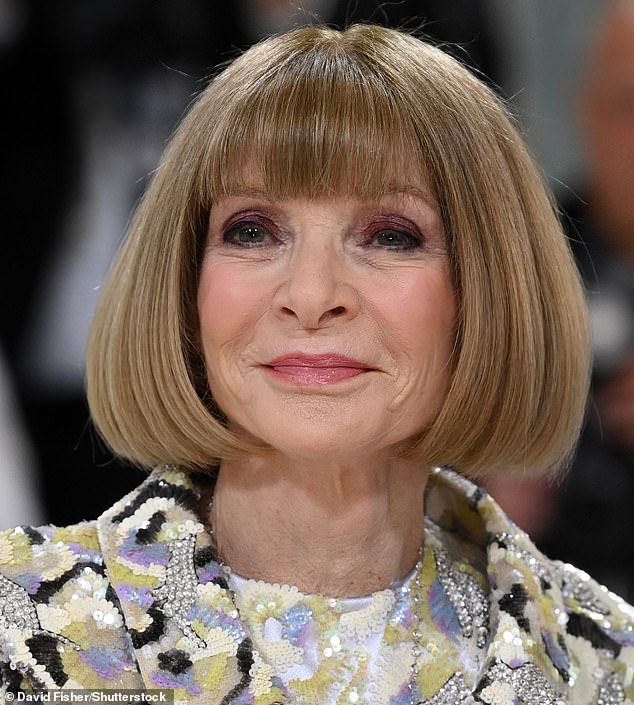
Wintour first became editor in chief of Vogue in 1988 and is credited with completely transforming the famed fashion magazine. She’s seen in 2023
In her book, Anna: The Biography, author Amy Odel interviewed several of Wintour’s former assistants to get the rundown on how a typical day of Wintours’ looked
Anna’s staff reportedly started preparing for her arrival at the officer at 7:30am.
One of the interns begins to respond to Anna’s emails, listens to her voicemails, writes out messages for her, sets out the daily newspapers, and get Anna’s coffee and breakfast, according to Back Row.
One of her former assistants, who chose to remain anonymous, compared some of their actual work moments to the movie The Devil Wears Prada.
‘Whenever she wasn’t in the office, was when you were able to get those things done. Then she’d come into the office. It was very much like in The Devil Wears Prada when they’re all like, “She’s coming!” the ex-assistant said.
‘I was always scrambling to get ready. You’re literally putting things away, making sure everything looks great.’
The book also claimed that just like in the movie, one former assistant was advised to not go to the restroom until another was present.
Wintour first became editor in chief of Vogue in 1988 and is credited with completely transforming the famed fashion magazine.
She is also behind making the Met Gala what it is today – a red carpet event attended by the fashion elite, as she handpicks the celebrities and makes sure to greet them personally.
In June, Wintour told staffers that she will be stepping down from her role as Vogue’s editor-in-chief.
She will continue to hold her position as Condé Nast’s global chief content officer and global editorial director at Vogue, and the new head of editorial content will report directly to her.
As chief content officer, Wintour oversees every brand globally, including Wired, Vanity Fair, GQ, AD, Condé Nast Traveler, Glamour, Bon Appetit, Tatler, World of Interiors and Allure.


